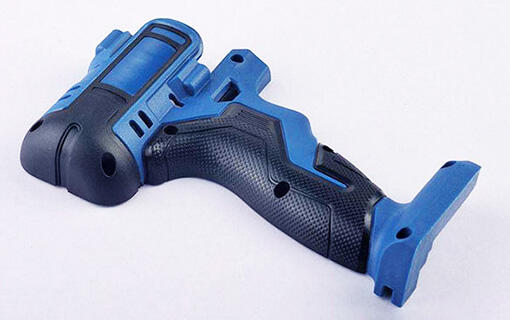Advanced Simulation and Analysis Capabilities
Modern die mold design incorporates sophisticated simulation and analysis tools that revolutionize the manufacturing process. These tools enable designers to perform detailed flow analysis, predicting how materials will behave during the molding process. This capability allows for the optimization of gate locations, runner systems, and cooling channels before any physical manufacturing begins. The simulation software can identify potential issues such as air traps, weld lines, or cooling inefficiencies, enabling designers to make necessary adjustments in the virtual environment. This proactive approach significantly reduces the need for costly physical prototypes and minimizes the risk of design failures during production.

